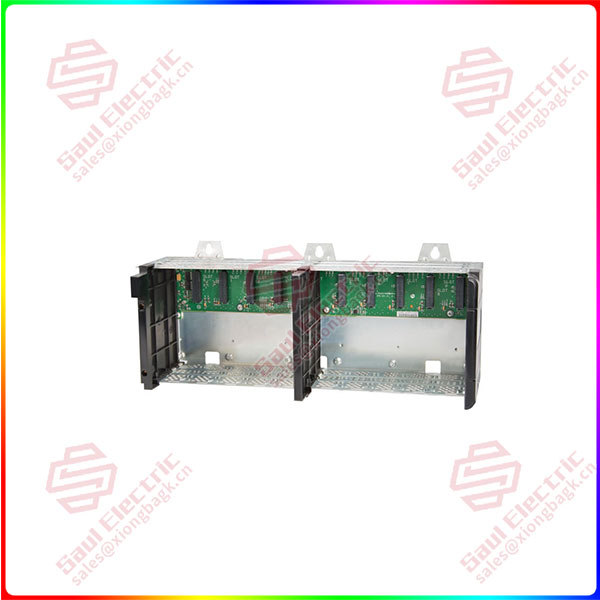The ancient capital of Nanjing is home to Siemens’ first native digital factory, Siemens Numerical Control (Nanjing) Co., LTD. (SNC). As a star plant of Siemens, SNC’s new plant not only demonstrates the tangible value of Siemens’ advanced digital enterprise philosophy and technology, but also sets ambitious sustainability goals from the very beginning.
Recently, SNC was awarded the LEED Gold Award, an important award in the field of sustainability! The award is generally for public buildings, and it is rare for a factory building to win a LEED award.
In this evaluation, SNC’s office space, laboratories, production workshops and logistics storage areas were all awarded LEED Gold. So what’s the story behind this award? Click on the video below to take a look inside the factory.
At present, LEED is regarded as the most complete, most influential and most widely commercialized evaluation standard among all kinds of building environmental protection assessment, green building assessment and building sustainability assessment standards in the world, and is known as the Oscar of green building industry.
In order to achieve the ambitious sustainability goals, SNC’s new plant has put forward higher requirements in the pre-planning, design, construction and future operation of the plant. The new plant must not only meet the short-term construction requirements of LEED Gold standards, but also meet the energy needs of future plant operations, and how to help carbon neutral path planning, but these are challenges and difficulties that have not been encountered in the past.

1756-A10
Therefore, in the planning stage of SNC’s new plant, the high standards of LEED Gold Medal were referred to, and a series of measures were fully planned, such as roof distributed photovoltaics, ground source heat pumps and fresh air systems, rainwater recycling and wind powered street lights.
At the same time, through the use of Siemens energy-saving hardware and software products, further improve the emission reduction effect of energy saving projects, such as the use of Siemens energy-saving inverter G120XA, V20 and so on to improve the energy conversion rate of public auxiliary equipment.
In addition, through the Siemens Smart carbon management platform Smart ECX, key information such as the energy consumption situation, energy structure and carbon emission structure of the plant can be visually and clearly displayed.
As a result, SNC’s new plant can reduce carbon emissions per year by the equivalent of 15 fully loaded flights between Shanghai and Munich, save electricity equivalent to the annual electricity consumption of 1,200 households, and save water equivalent to the water used for 30,000 showers!
It is worth mentioning that in addition to infrastructure and energy carbon management platform, SNC also has many practices in the field of product decarbonization. For example, by using Siemens SiGREEN to accurately quantify the carbon footprint of products throughout the supply chain, it can quickly identify the main links of carbon emissions based on reliable data and effectively achieve product decarbonization goals.
For example, the use of SiGREEN allowed SNC to effectively identify the largest source of carbon emissions from the motor in the stator production process, which is the paint dipping process in the stator processing, and thus developed a targeted paint dropping process to replace the paint dipping process, reducing carbon emissions at the station by 90%.
The green factory is SNC’s core competence, and SNC will always further promote sustainable development with digital and low-carbon two-wheel drive.
 1 Year Warranty
1 Year Warranty





